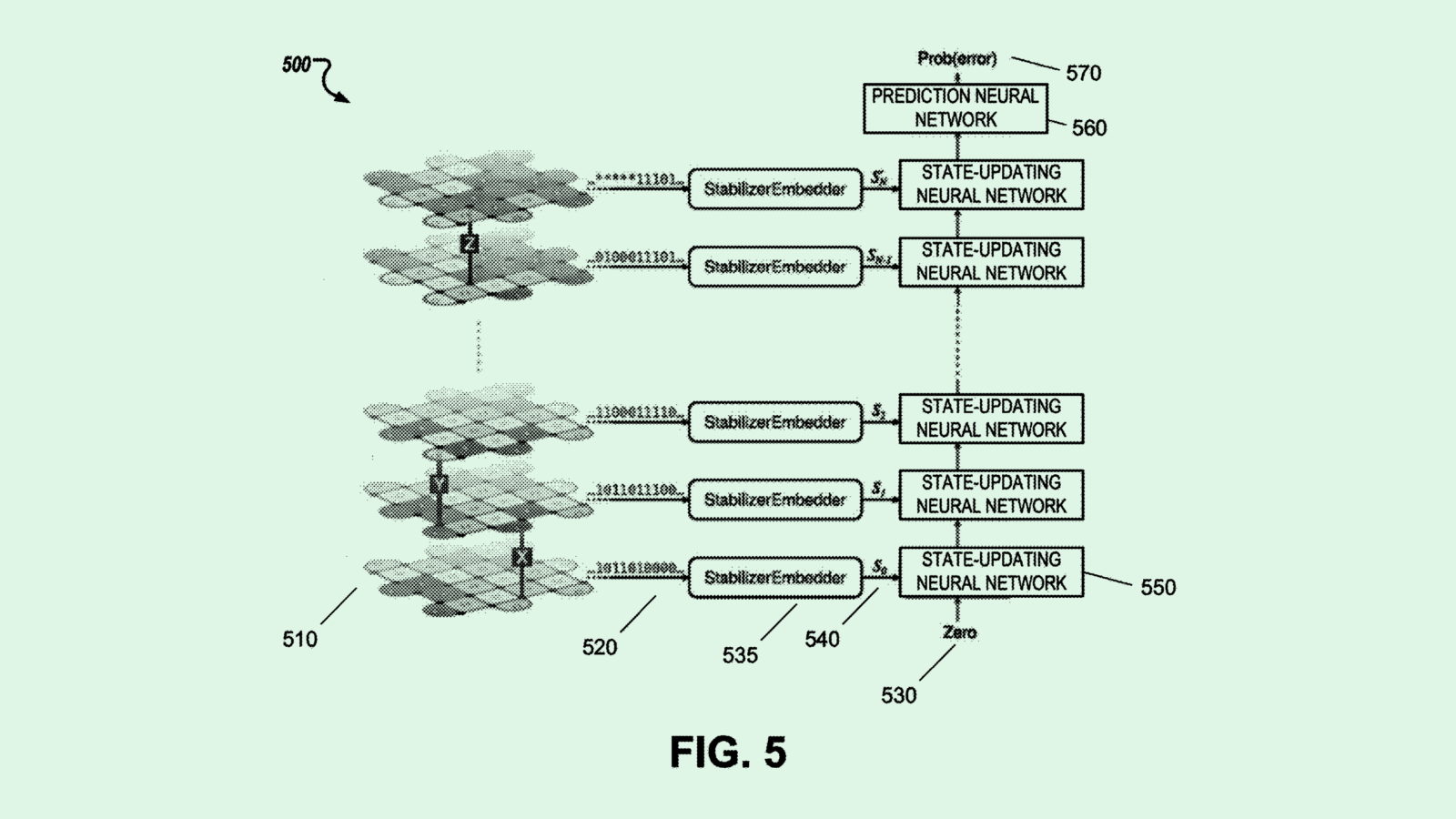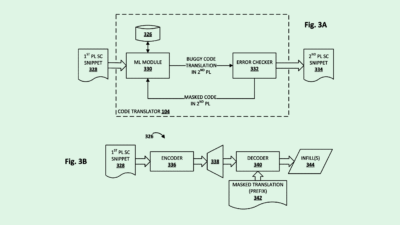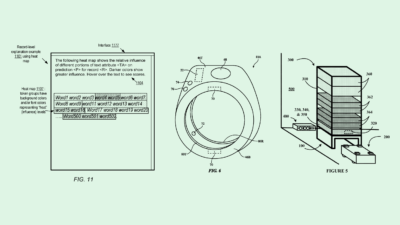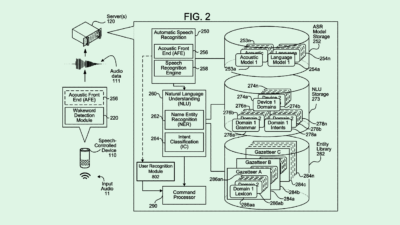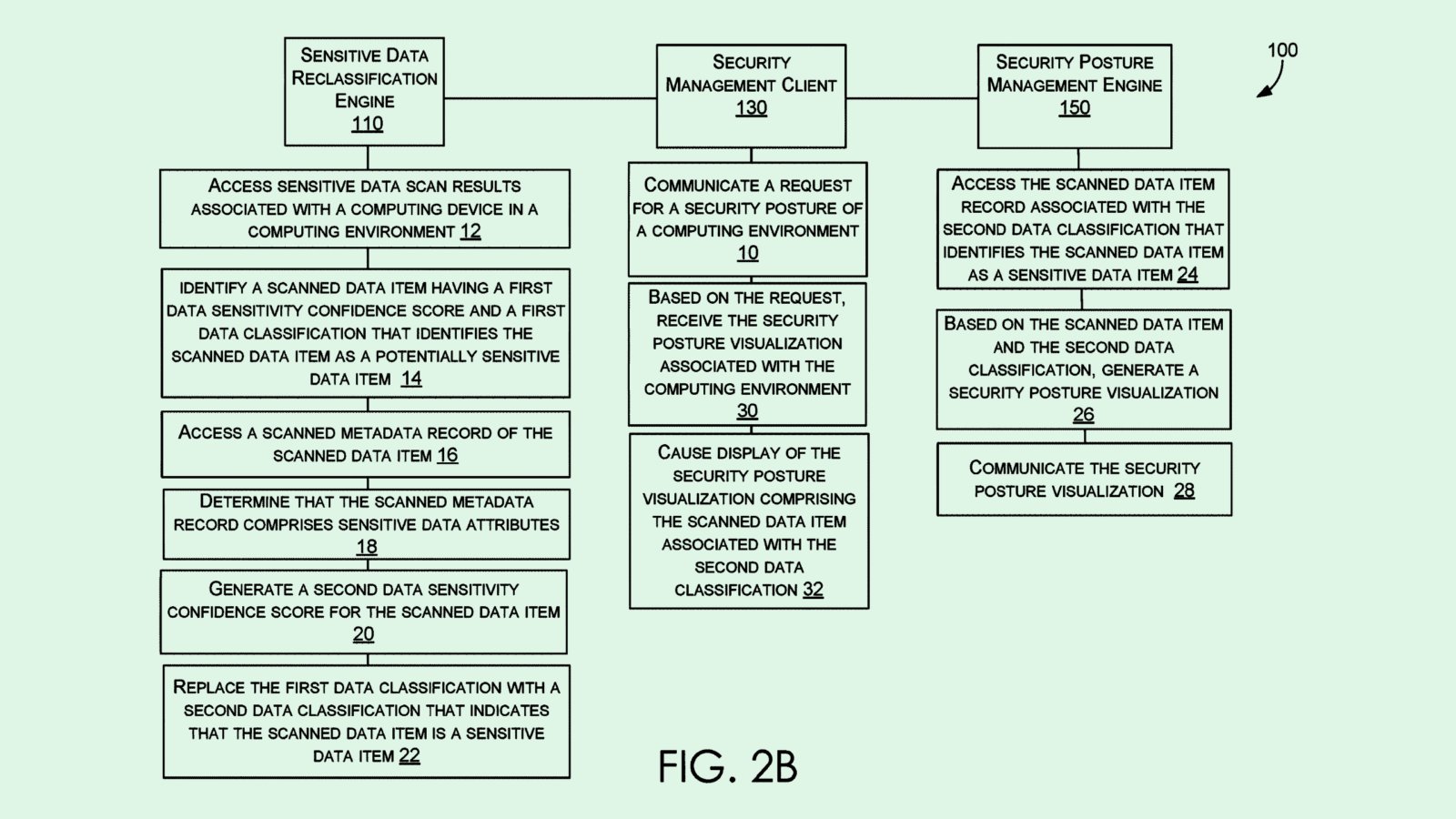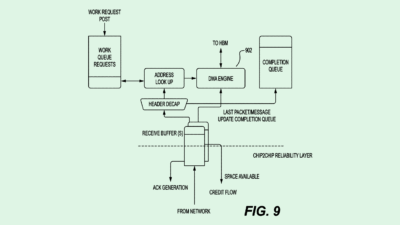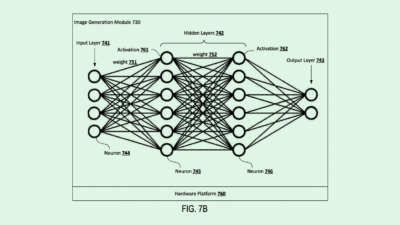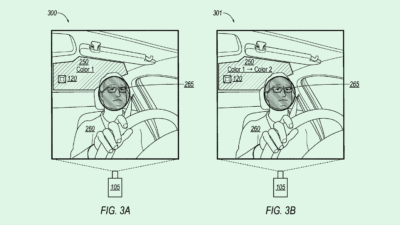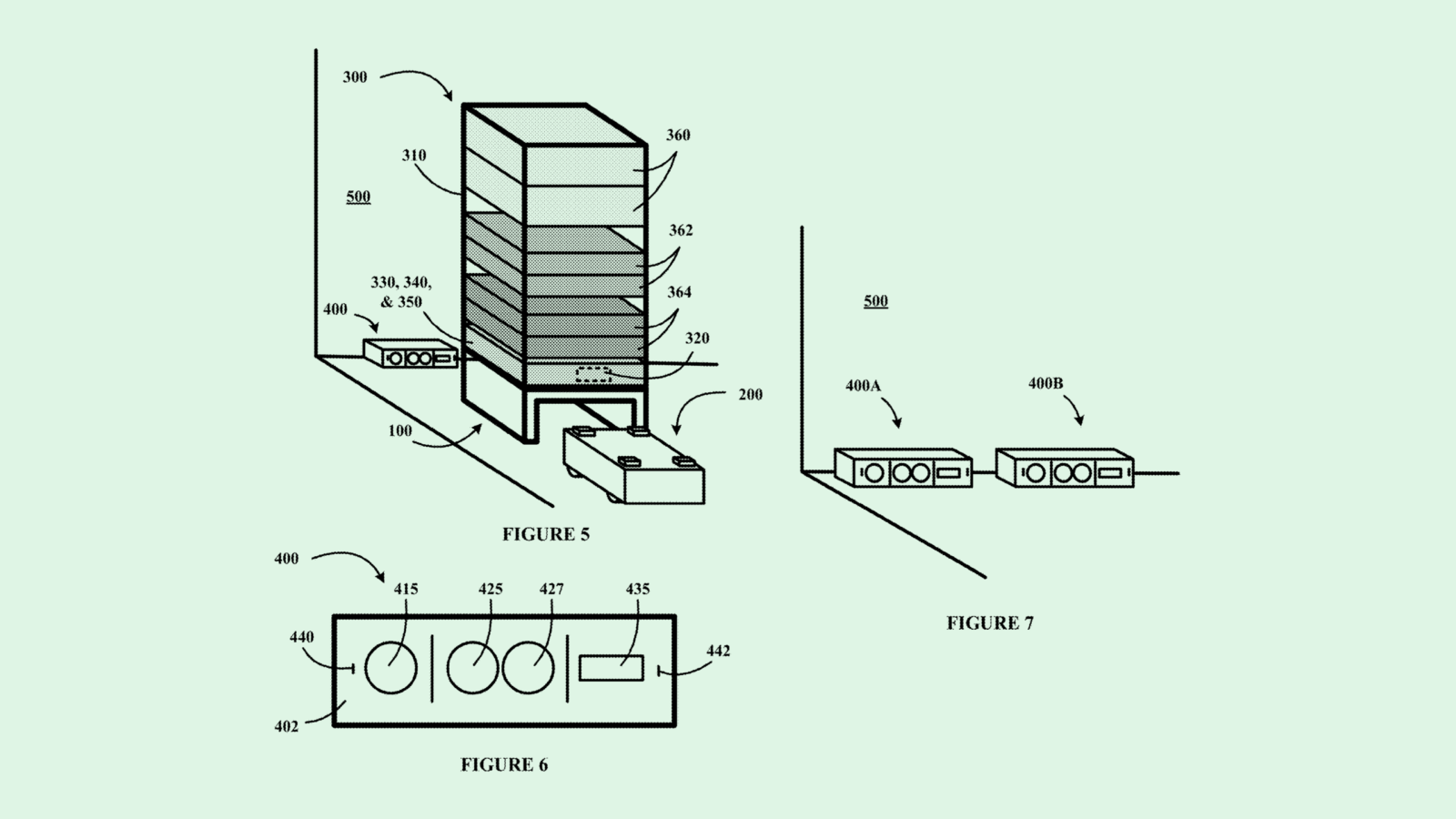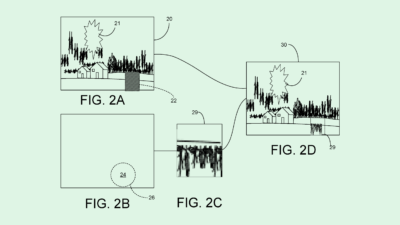Baidu’s Self-Driving Data Centers Could Address Cloud Infrastructure Gap
Self-driving cars may be able to handle two big issues for cloud computing: extreme weather events and rural access.
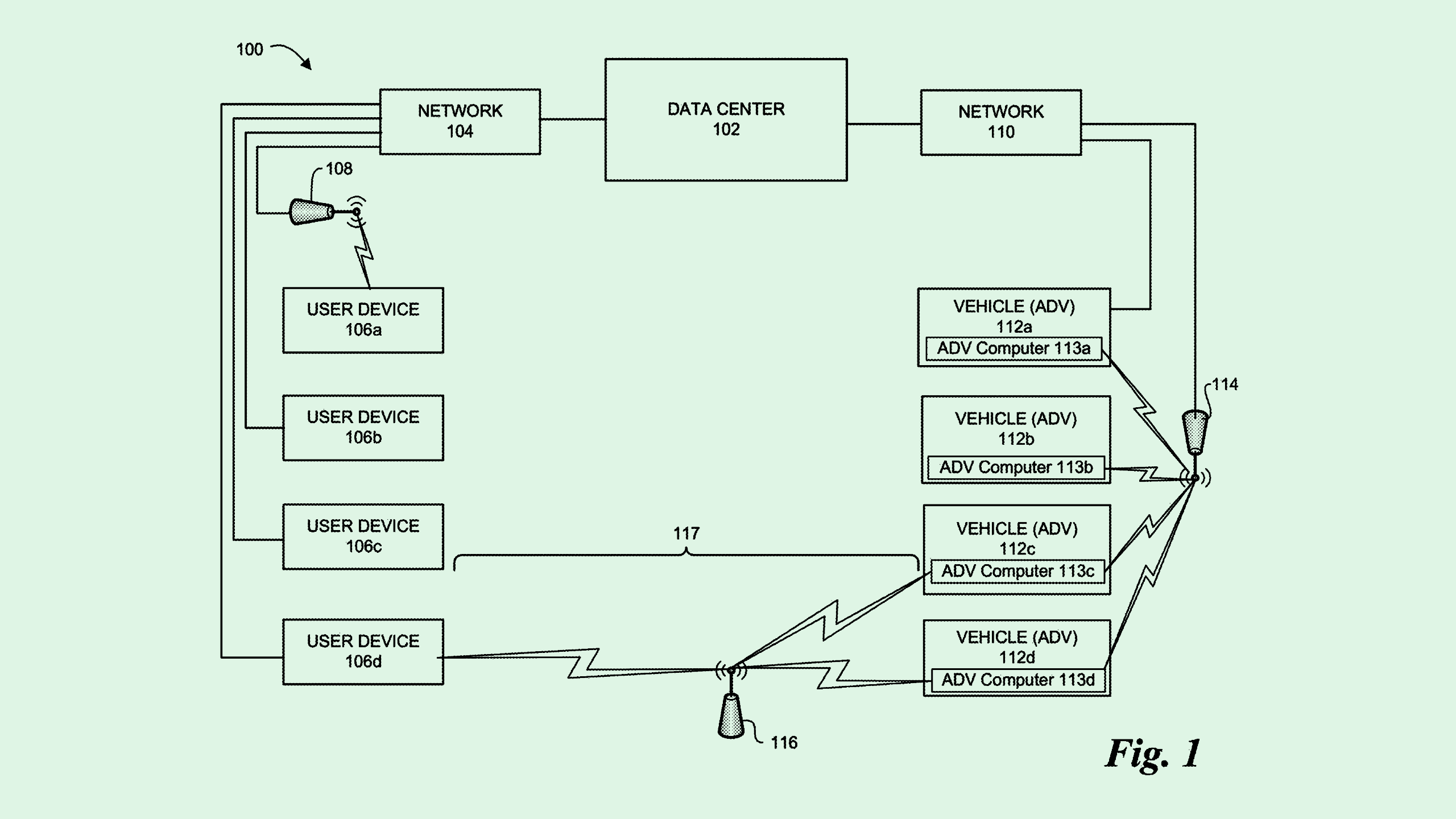
Sign up to uncover the latest in emerging technology.
Baidu may want to take its cloud services on a road trip.
The Chinese tech firm is seeking to patent a way to use autonomous vehicles as “data center infrastructure.” Baidu’s filing essentially details a method of creating mobile data centers that can move where service is needed using self-driving cars.
“This need to service widely distributed users from a centrally located data center puts a burden on the communication networks that connect users to the data center, substantially increasing their bandwidth requirements and their cost,” Baidu said in the filing.
Here’s how it works: Baidu’s system would turn autonomous vehicles into “an extension of (a) data center” by connecting these cars with a network of data centers. If a user who is out of range of a data center requests cloud services, the system activates a self-driving car within a certain distance to complete the user’s requests.
When triggered, this service would use the extensive hardware already available in these cars and remotely reconfigure its software stack from driving mode to “micro data center” mode. These vehicles would then operate as data centers while they’re not running as cars, sitting idle while performing user requests.
Baidu’s filing gave a laundry list of reasons why autonomous vehicles are well-equipped to take on data center processing: For one, these vehicles already come with rich hardware resources that can perform tasks such as multimedia data processing and AI training, and do not require an additional facility to operate, thereby helping “reduce capital cost for data centers.”
They’re also reliable in different weather events, are capable of “over-the-air” updates, and are moveable, which “could make it easier to provide computing services to local users or communities,” Baidu said.
Demand for cloud services is growing rapidly — especially in the age of AI. But as it stands, the infrastructure itself isn’t available to match it. Baidu’s tech may provide a solution using the suite of self-driving tech that the company has already heavily invested in, said Trevor Morgan, VP of product at OpenDrives.
“It certainly has the potential. You’ve got computational power there that can be tapped into,” Morgan said. “They’re finding ways to squeeze business out of resources that are there. That’s real ingenuity.”
Using autonomous vehicles as on-the-go data centers could assist with both meeting increased demand and making services available in regions where they’re otherwise lacking, such as rural areas. Microsoft’s system for “on-demand” data centers similarly takes on this issue, automatically spinning up data center services wherever needed using resources from other local computing devices.
And because autonomous vehicles tend to be built with the tough exterior of a car, this system may come in handy where a typical data center struggles: extreme weather events or natural disasters.
Baidu has sunk a ton of resources into building out its fleet of autonomous vehicles, as evidenced by its pile of related patents. However, adoption of self-driving tech is still in its early stages. “They’re a little bit ahead of the adoption curves, with not only autonomous driving vehicles, but with this whole concept of distributing the data center outside of the data center,” Morgan said.
However, if Baidu’s tech gets put to use, it could present a far more lucrative use case for its autonomous capabilities than shepherding people to and from the airport.
